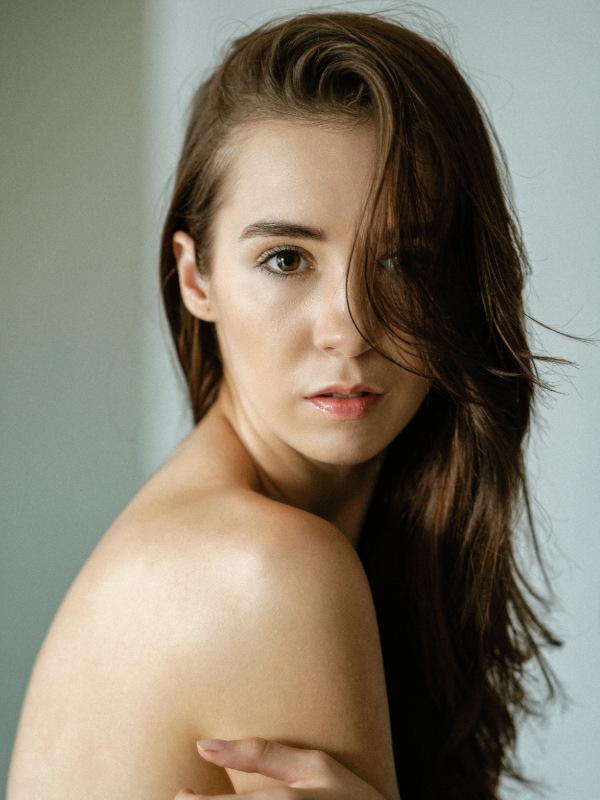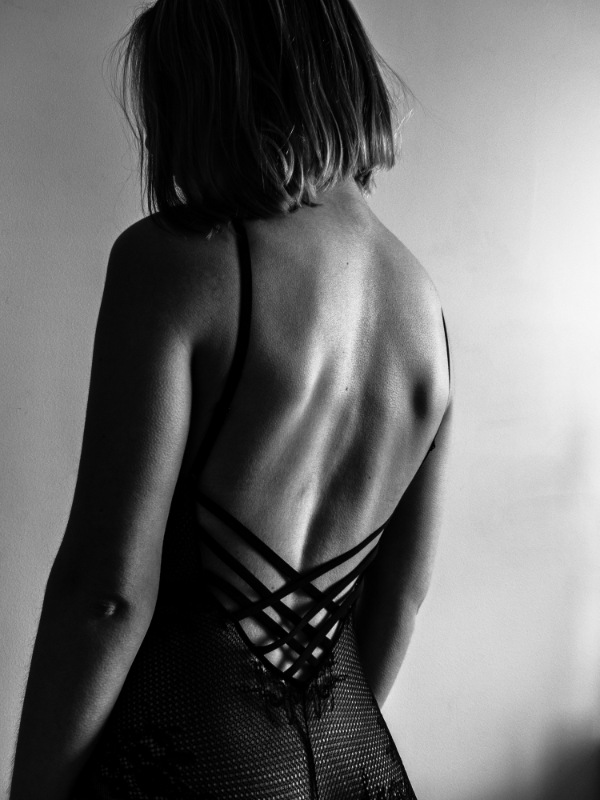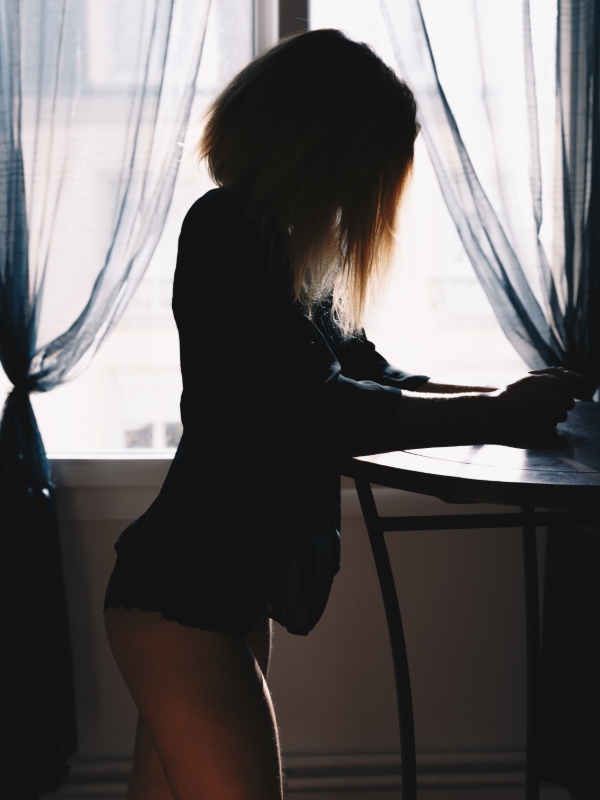
Fancy expanding your photography skills with a seductive touch? Then try boudoir photography. The term boudoir was used in the past to designate the room where the lady of the house could retire. This room was often elegantly decorated and was located next to the lady’s bedroom so that she could wash and dress in peace. Ever since the term was coined, boudoir has been associated with lust and seduction. And it still does in today's boudoir photography. In boudoir shoots, women (or men) are photographed scantily clad. The result is a collection of sultry, seductive photographs.
Although the result looks good, you will encounter quite a few obstacles in boudoir photography. For example, it can be super uncomfortable to be on set with a (partly) nude model, you have to make sure that model feels comfortable, and you have to give good directions. To help you with that, we'll give you some tips here, so you can start exploring the world of boudoir photography.
During a boudoir shoot, your model poses in an incredibly vulnerable position. (S)he has almost no clothes on, and has to pose as seductively as possible for a stranger's camera. That feels rather like standing in your underwear on a busy shopping street. If your model has no experience with this, it is certainly quite difficult. Therefore, it is important that you act as professionally as possible. There are times during a shoot when you may need to move an arm or do your model's hair slightly differently for a good photo. Never just touch your model, but always ask permission first. This way you create more confidence and a safe environment, making your model feel more at ease.
Admittedly, female photographers get away with more than male photographers. Surely, as a woman, it is easier to tell another woman that she should move her butt back more. Still, you can better avoid inconveniences by using the right terms. Do you want your model to position her buttocks differently? Try to indicate how she should move her hips to achieve your goal. Do you want your model to move her breasts in a different direction? Try to indicate how she should tilt her shoulders and upper body. The rule is: terms like boobs and ass are forbidden unless the model starts talking about them herself, and you are sure she is comfortable with those terms.

Many boudoir photographers like to take pictures in natural light, but you can also alternate in natural light. The three most common lighting situations used in boudoir shoots are front light, backlight and silhouette. These three types of lighting all produce different results and emphasize your model's body in different ways. Therefore, learn what these types are and what you use them for.

Frontlight

Backlight

Silhouet
Frontlight
Front light is perfect for photos where you want to draw attention to your model's face. With front light, make sure you as the photographer have your back to the wall and that your model is facing the window, so that the soft daylight illuminates the model beautifully. With this exposure, you will find that your model's eyes will shine, making the face and eyes stand out.

Backlight
Backlight is ideal for photos where you want to emphasize the shapes of your model's body. In backlighting, you as the photographer form a triangle with the light source and the model. This can be both horizontally and vertically. As you form a triangle, the light forms beautiful shadows on the body, emphasizing the lines of the collarbones or back, for example.
There is also alternation within backlight. If the photographer in the illustration were to stand further to the left, the angle of the triangle where the photographer is located becomes sharper. With a sharper angle, the contrasts between dark and light are additionally magnified as shadows fall differently. This is especially nice when you want to emphasize your model's legs, for example. In the illustration, if the photographer makes the angle blunter by standing further to the right, the light will be distributed more evenly across the model. This produces a different result. We therefore recommend that you try different angles.

Silhouette
If you want to add mystery to your photo, silhouette is the way to go. Because the viewer can get little information from the picture, their imagination can run wild. To create a silhouette, the light source, the model and you as the photographer must form a straight line. Because you are shooting toward a bright light source, the model will form a dark silhouette.

If your model is not experienced in posing, it is important that you give the right instructions. That's why it's smart to practice posing yourself, so you have some set poses you can fall back on. You can find inspiration on sites like Pinterest. If you know enough poses yourself, you know exactly what your model needs to do to strike the pose. Remember that the model does not know exactly what she looks like in a particular pose. You're the one with the camera, so you tell the model how to hold her arms and where to put her legs. In doing so, try to be as positive as possible as well. Don't say, "This doesn't look good, it should be like this," but say, "This is good, but it would be even better if you did it like this." This is how you create more self-confidence in your model.
We've talked about this a few times, but self-confidence is key in a boudoir shoot. No matter what your model looks like, boudoir is all about capturing her at her best. Therefore, do not make comments about her body, but make sure your model believes that she is beautiful as she is. Therefore, never say that it looks better after editing, but emphasize that the photos look nice even without editing. Keep giving positive feedback even during the shoot by saying that the photos look great, and giving a sneak peek now and then. This will ensure your model can pose confidently.
You now know the most important basic tips regarding boudoir photography. Time to get to work! As a starting boudoir photographer, it is wise not to schedule paid shoots right away. After all, practice makes perfect. Therefore, first try shooting for acquaintances for free. This way you will learn the ropes and eventually do paid shoots with confidence. Are you a novice? Even then, these tips are of course fun to try out at home and make your shoots even better.
More inspiration?
Check out these pages full of photography tips: